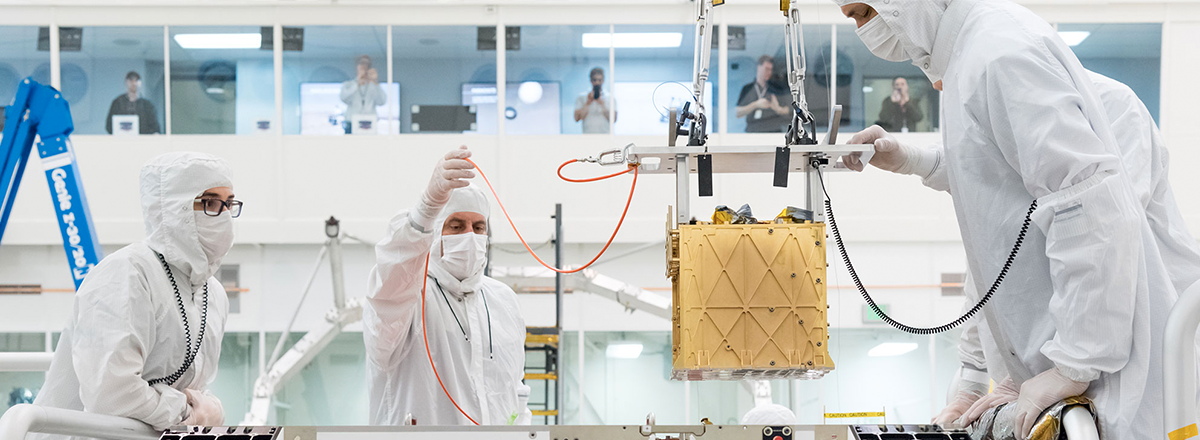Perseverance Rover's Experiment Produces Breathable Oxygen on Mars for the Final Time
This achievement represents a significant step toward self-sufficiency for future Mars missions, as astronauts could potentially generate essential resources from the planet's environment.

NASA's MOXIE experiment aboard the Perseverance rover has completed its mission to generate oxygen on Mars, offering critical insights into potential future human exploration and colonization.
MOXIE, short for Mars Oxygen In-Situ Resource Utilization Experiment, has produced a total of 122 grams of oxygen since Perseverance's arrival on Mars in 2021. At its peak efficiency, MOXIE generated 12 grams of oxygen per hour, twice the initial goal set by NASA, and achieved a purity level of 98% or higher. On its final run on August 7th, the experiment produced 9.8 grams of oxygen.
The successful operation of MOXIE demonstrates the feasibility of extracting oxygen from Mars' atmosphere. This oxygen could serve various purposes, including providing breathable air for astronauts and serving as rocket propellant for return missions.
MOXIE functions through an electrochemical process that separates oxygen atoms from carbon dioxide molecules in the Martian atmosphere. The generated oxygen is then analyzed for purity and quantity.
While many experiments on the Perseverance rover focus on scientific goals, MOXIE was designed with an eye toward future human exploration of Mars. This achievement represents a significant step toward self-sufficiency for future Mars missions, as astronauts could potentially generate essential resources from the planet's environment.

